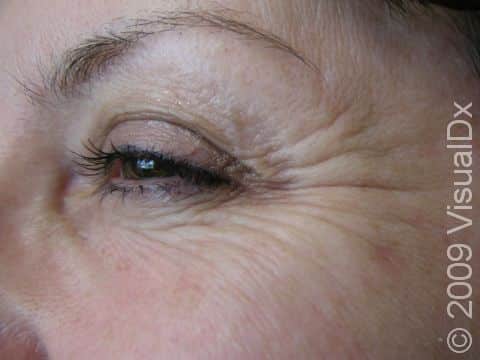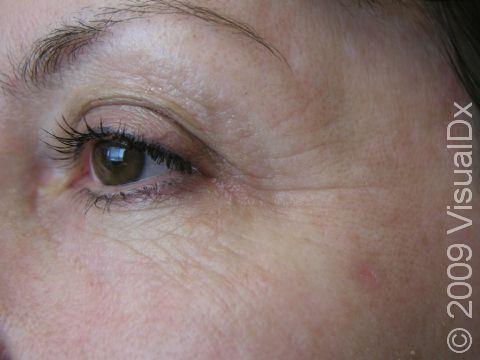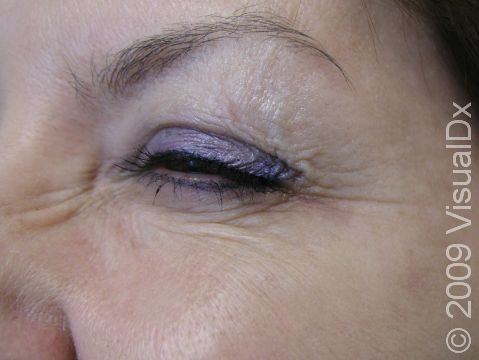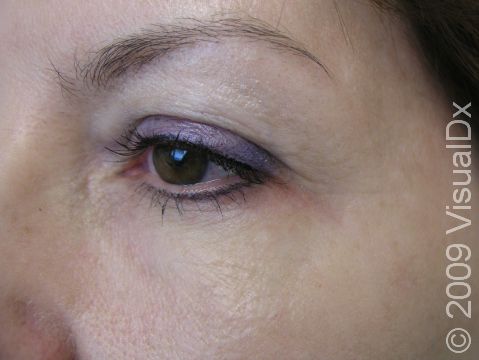Botulinum Toxin (Botox)
Botulinum toxin therapy is a medical or cosmetic treatment where very small amounts of purified bacteria that have been altered for medical and cosmetic use are injected into targeted areas of the body. A common brand name for botulinum toxin is Botox, and for the purposes of this topic, we will refer to botulinum toxin simply as Botox.
The US Food and Drug Administration (FDA) has approved Botox for prevention and elimination of frown lines between the eyebrows (called the glabella), crow’s feet, wrinkles on the forehead, excessive sweating, chronic migraine, bladder dysfunction, and some other purposes. This article mainly focuses on Botox therapy for cosmetic improvement of frown lines, crow’s feet, and forehead lines. Botox works by blocking signals from the nerves to the muscles, making the muscles relax and thereby minimizing wrinkles.
Although Botox injections are made from the toxin that causes botulism, the purified forms of the toxin are considered safe, especially when administered by a licensed and skilled medical professional. However, like any medical procedure, there are potential risks and side effects, and these should be discussed with your medical professional. Some risks include pain, swelling, or bruising at the injection site, headache or flulike symptoms, infection at the injection site, and temporary facial weakness.
Individuals who should not have Botox injections include those with:
- Allergies or sensitivity to ingredients in Botox.
- Infections at the treatment site.
Botox injections should be performed by a medical professional such as a board-certified dermatologist who is an expert in skin care and facial anatomy. Getting Botox injections at a spa, a party, or one’s home, for example, increases your risk of side effects such as botulism and botulism-like symptoms.
What to Expect During Your Visit
To minimize the risk of later bruising, it is recommended that patients discontinue any nonessential medications or dietary supplements that can cause thinning of the blood, such as aspirin.
A typical visit for Botox therapy usually takes 15-30 minutes. The area is thoroughly cleaned, and the medical professional may apply a topical anesthetic or cold packs to numb the area. The medical professional will then use a fine needle to inject small amounts of Botox into specific muscles. The Botox injection will cause just a little discomfort. The injections themselves should take just a few minutes.
What to Expect After Your Visit
After a Botox injection, a reduction in the appearance of wrinkles may be noticed in approximately 3 days, with the maximum effect in 2 weeks. The effect from Botox slowly wears off over a period of 3-5 months.
Follow-Up Care
Your medical professional should give you instructions for how to care for the treated area in the coming days. As a general rule, following Botox therapy, do not touch or rub the injection areas for 4 hours. Rubbing these areas may cause the Botox to spread to unintended areas. Your medical professional may also recommend sitting up (not lying down) for approximately 4 hours following Botox injection and avoiding exercise for 24 hours following Botox injection.
Risks and Potential Side Effects
The safety and effectiveness of Botox has been well documented in millions of patients worldwide who have received this treatment. However, complications caused by Botox do exist and include:
- Pain at the injection site.
- Headache.
- Drooping eyelids and eyebrows.
- Swelling of the eyelids.
- Dry eyes.
- Dry mouth.
- General muscle weakness.
- Feeling dizzy or faint.
- Itching, rash, wheezing, or asthma symptoms.
- Botulism symptoms – Although this is exceedingly rare, there is risk of trouble breathing, speaking, or swallowing.
When to Seek Medical Care
See a medical professional urgently if you experience trouble breathing or if you become dizzy or faint or have any flu-like symptoms following Botox therapy.
References
American Academy of Dermatology. Botulinum toxin therapy: FAQs. AAD. https://www.aad.org/public/cosmetic/wrinkles/botulinum-toxin-faqs. Accessed 2024 May 1.
Boyd K, DeAngelis, KD. Botulinum toxin (Botox) for facial wrinkles. American Academy of Ophthalmology. https://www.aao.org/eye-health/treatments/what-is-botox-facial-wrinkles. 2023 Apr 19. Accessed 2024 May 1.
Glogau RG. Botulinum toxin. In: Kang S, Amagai M, Bruckner AL, Enk AH, Margolis DJ, McMichael AJ, Orringer JS, eds. Fitzpatrick’s Dermatology. 9th ed. New York, NY: McGraw-Hill Education; 2019.
Moche JA, Shah AR, Wise JB. Facial fillers and implants. In: Lalwani AK, ed. Current Diagnosis & Treatment Otolaryngology – Head and Neck Surgery. 4th ed. New York, NY: McGraw-Hill; 2020.
Last modified on May 14th, 2024 at 10:58 am

Not sure what to look for?
Try our new Rash and Skin Condition Finder



